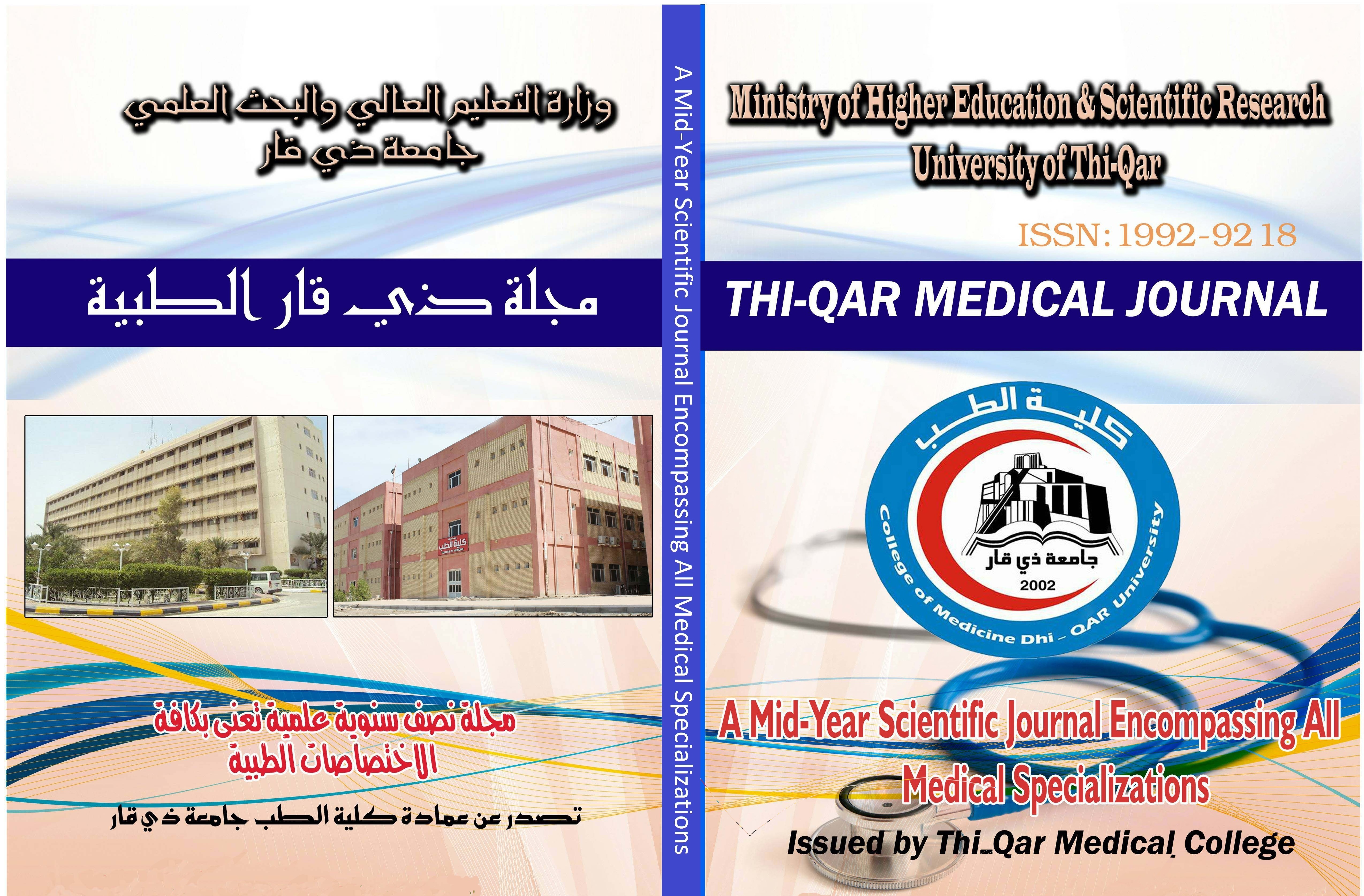Abstract
SUMMARY
Background: The development of new blood vessels is essential to embryonic growth
and throughout life for physiological repair processes. Tumors cannot enlarge beyond 1-2
mmindiameter or thickness unless they are vascularized. Angiogenesis is an essential
step in growth of primary tumor and for distant metastasis. MVD (Microvessel Density)
is one of the important measurement to asses angiogenesis.
Aim: The aims of this study are to asses the micro vessel density (MVD) of
endometrium using two markers which are (CD31 and CD34),to investigate the
relationship between the degree of angiogenesis and clinicopathological variants, to
determine its usefulness in histopathological practice, and to compare between the two
markers.
Materials and methods: This retrospective study includes formalin fixed, paraffin
embedded tissue sections from patients underwent different gynecological diagnostic and
therapeutic procedures. These samples were taken from the hospitals in the period between
August 2005 and January 2007. forty nine cases were studied; 10 were normal functional
endometrium; 21 hyperplasia, and 18 were diagnosed as endometrial carcinoma. Five
slides for each case was done, one slide was stained with Hematoxylin and eosin (H&E),
and re-examined to confirm the diagnosis, and the other four were stained
immunohistochemically for monoclonal antibodies CD31 and CD34 (two slides for each
one).
Background: The development of new blood vessels is essential to embryonic growth
and throughout life for physiological repair processes. Tumors cannot enlarge beyond 1-2
mmindiameter or thickness unless they are vascularized. Angiogenesis is an essential
step in growth of primary tumor and for distant metastasis. MVD (Microvessel Density)
is one of the important measurement to asses angiogenesis.
Aim: The aims of this study are to asses the micro vessel density (MVD) of
endometrium using two markers which are (CD31 and CD34),to investigate the
relationship between the degree of angiogenesis and clinicopathological variants, to
determine its usefulness in histopathological practice, and to compare between the two
markers.
Materials and methods: This retrospective study includes formalin fixed, paraffin
embedded tissue sections from patients underwent different gynecological diagnostic and
therapeutic procedures. These samples were taken from the hospitals in the period between
August 2005 and January 2007. forty nine cases were studied; 10 were normal functional
endometrium; 21 hyperplasia, and 18 were diagnosed as endometrial carcinoma. Five
slides for each case was done, one slide was stained with Hematoxylin and eosin (H&E),
and re-examined to confirm the diagnosis, and the other four were stained
immunohistochemically for monoclonal antibodies CD31 and CD34 (two slides for each
one).
